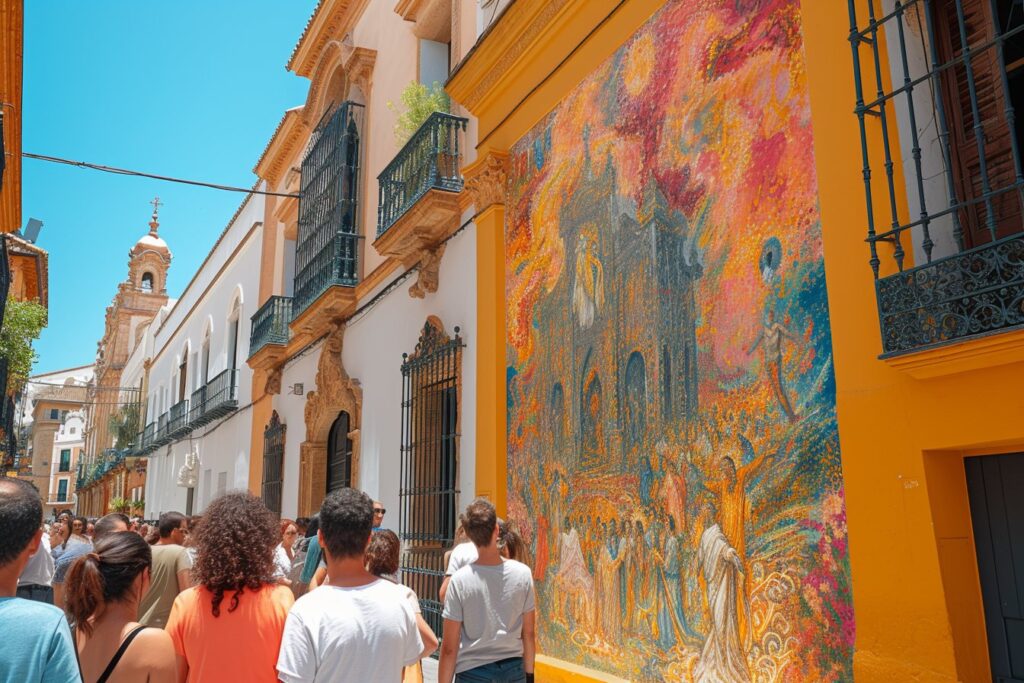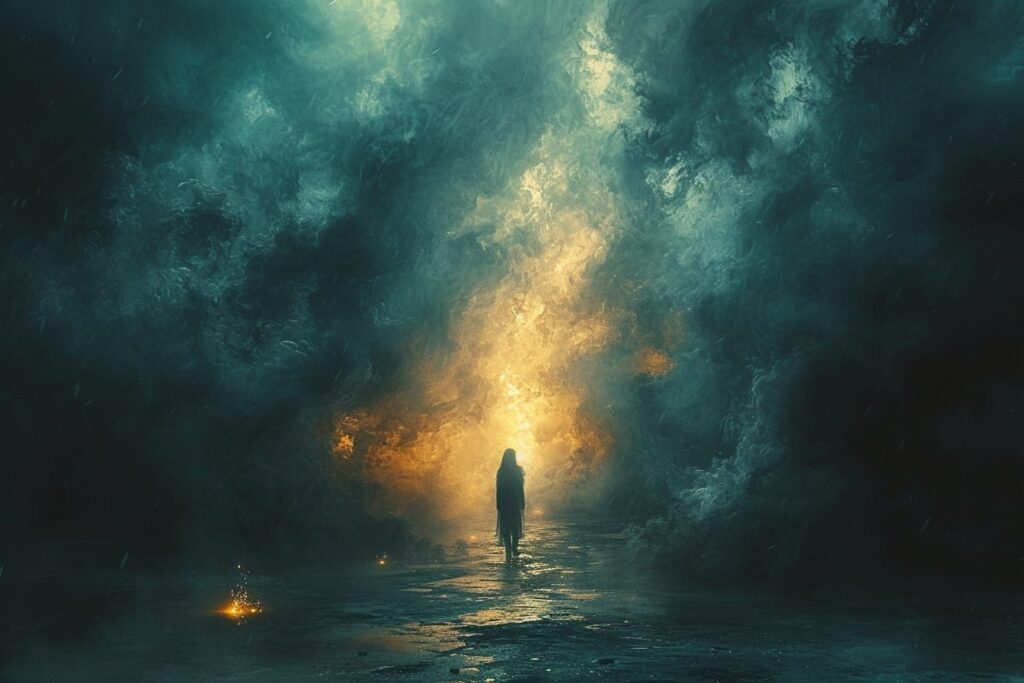A recent piece of artwork by Spanish artist Salustiano Garcia, intended as a poster for the Holy Week celebrations in Seville in 2024, has sparked considerable debate within the country’s religious community. The striking image, which some see as provocative and offensive to conservative Roman Catholics, features Christ half-nude with a beard and long hair, covered only by a white cloth from the waist down. The debate surrounding the poster illuminates the broader conversations about the role of art and modernity in traditional religious events.
Holy Week in Seville: A Time-Honored Tradition
Holy Week, which includes important Christian observances such as Good Friday and Easter Sunday, commemorates the death and resurrection of Jesus. In Spain, where the majority of the population identifies as Catholic, this period is marked by a series of elaborate celebrations that include processions featuring beautiful sculptures and ornate costumes. A key figure in these events is the council of brotherhoods and guilds, an organization responsible for organizing and overseeing Easter week activities across the city.
The Controversial Poster: Artistic Expression or Blasphemy?
This year’s official poster for Holy Week celebrations in Seville, created by celebrated Spanish artist Salustiano Garcia, experiments with traditional artistic elements in a novel way. Set against a red backdrop, the image showcases Christ with long hair and a beard, clothed in little more than a white garment covering his lower half. The depiction of Christ in such a state has sparked outrage among conservative Catholics in Spain who view it as blasphemous and shameful, leading them to question the intentions of both the artist and those who commissioned the work.
- Defenders of the Artwork: Both the council of brotherhoods and guilds, as well as Seville’s former mayor Juan Espadas, have come to Garcia’s defense. They see the poster as a harmonious blend of “tradition and modernity” that illuminates “the radiant side of Holy Week.”
- Critics of the Artwork: Garcia’s detractors, on the other hand, are calling for a public apology from the artist and accuse him of portraying Christ in an effeminate and camp manner. The conservative Catholic group IPSE has been particularly vocal in labeling the poster as “shameful.” Furthermore, far-right Vox party leader Javier Navarro asserts that the image is intended merely to provoke rather than inspire participation in Holy Week festivities.
Artist Salustiano Garcia Addresses Controversy
In response to the backlash, Salustiano Garcia has maintained that his painting is not meant to be shocking or offensive. Rather, he aims to express elements of Christian iconography that date back centuries. The artist believes that anyone who interprets sexuality in his work must be “mad” since it draws on existing depictions of religious subjects.
The controversy surrounding Garcia’s artwork raises important questions about the role of art within religious ceremonies and its potential for bringing new perspectives to long-standing traditions. As the debate rages on, the fate of the poster is uncertain – although a petition initiated by Seville’s city hall on change.org has already garnered over 12,000 signatures within three days, suggesting widespread support for preserving the artwork.
Finding Common Ground in a Divisive Debate
While strong opinions arise from both sides of this controversy, there may be a middle ground for understanding and appreciating the intersections of tradition and artistic expression. Regardless of the ultimate fate of Garcia’s provocative poster, it has undeniably sparked a national conversation about the evolving role of art and culture in religious celebrations.
Ultimately, this debate highlights the delicate balance that must be struck when navigating the complex terrain of spiritual beliefs and creative freedom. Whether one views Salustiano Garcia’s artwork as an offensive affront or a legitimate challenge to conventional imagery, it is clear that the artist has managed to spark significant debate over what constitutes appropriate representation within sacred spaces.





